| 8 de febrero / 11 h |
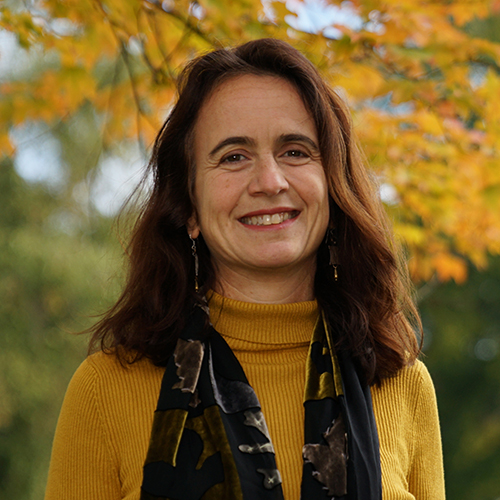
|
Linking patterns and processes across scales:
a case study with Neotropical hummingbirds
A fundamental challenge for ecology and evolution is connecting broad scale biogeographical and macro-evolutionary mechanisms with local scale patterns of diversity. Biogeographic patterns of species relatedness and trait similarity suggest that niche conservatism, limiting similarity and competitive exclusion of closely related species are important mechanisms structuring Neotropical hummingbird communities. However, the precise role of these mechanisms in influencing local assemblage structure is difficult to infer from biogeographic patterns alone. Using our broad scale results as a guide, we developed local scale experiments and quantified hummingbird-plant interactions to better understand the mechanisms underlying both local and biogeographic patterns of diversity. In addition, we considered how hummingbird physiological constraints might influence these local patterns. Our work provides an initial link between patterns established by broad scale biogeography and mechanisms learned from local scale community and physiological ecology.
Enlace YouTube: https://www.youtube.com/watch?v=0clKv8KzYyc
|
Catherine Graham
Senior Scientist and Group Leader
Spatial Evolutionary Ecology Group
Swiss Federal Institute for Forest, Snow and Landscape Research WSL |
| |
|
|
| 22 de febrero / 11 h |
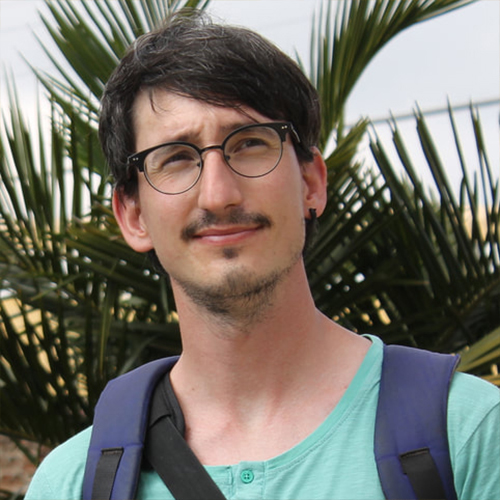
|
Phylogenomics and major evolutionary transitions
Comparative genomics have the power to provide new insights into major evolutionary transitions. A robust phylogenetic framework remains crucial for the comparative approach, yet it is often blurred by fast diversification following major innovations. This talk covers progress on the phylogeny and genomic basis of water-to-land transitions in vertebrates and plants and the origin of photosynthetic organelles by symbiosis.
Enlace YouTube: https://www.youtube.com/watch?v=e5iP6OZ-4ac |
Iker Irisarri
University of Göttingen |
| |
|
|
| 8 de marzo / 11 h |
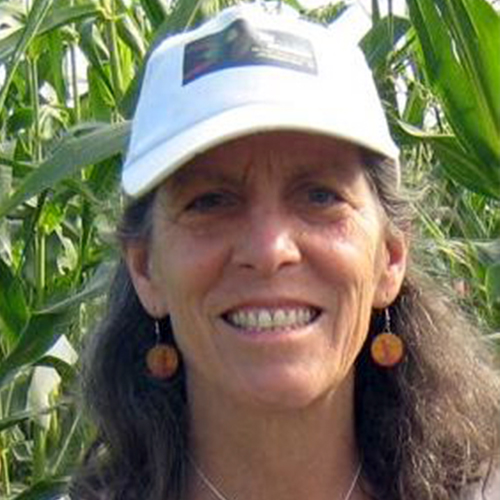
|
The role of knox (knotted-like homeobox)
genes in leaf shape diversity
Plant architecture results from the activity of shoot meristems. KNOX genes are turned off when leaves initiate from the meristem, setting up a proximal-distal polarity with KNOX expression at the leaf base and loss of KNOX at the distal tip. In maize, the KNOTTED1 gene, produces dramatic phenotypes when misexpressed in the leaf. In species with dissected leaves, KNOX gene expression returns during leaf development, creating leaflets. Thus, KNOX genes are responsible for many aspects of leaf diversity.
Enlace YouTube: https://www.youtube.com/watch?v=Zi2G-pTXAHs
|
Sarah Hake
University of California - Berkeley |
| |
|
|
| 22 de marzo / 11 h |

|
Exploration of fungal diversity
using a single cell sequencing approach
In order to develop a fully resolved fungal tree of life we need to include all fungal taxa, yet many important species and lineages of fungi have never been cultivated. We are exploring how single cell sequencing can overcome this limitation and produce novel insights into fungal life cycles and symbiotic interactions.
Enlace YouTube: https://www.youtube.com/watch?v=ucVTiJt6Nds |
Timothy James
University of Michigan |
| |
|
|
| 29 de marzo / 11 h |
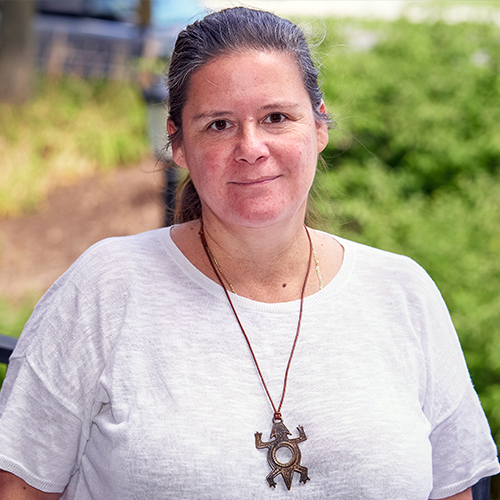
|
Global Impacts of the Amphibian-Killing Fungus:
a Functional Genomic View
Two fungal pathogens have had devastating effects on amphibian biodiversity at a global scale. I will review some of these impacts and explore, through functional genomic studies, the mechanisms of host-pathogen interactions that underlie resistance or susceptibility in host species.
Enlace YouTube: https://www.youtube.com/watch?v=QGKF6RqX3YE
|
Kelly Zamudio
University of Texas at Austin
|
| |
|
|
| 19 de abril / 11 h |

|
Phylogenetics of ray-finned fishes (Actinopterygii)
in the 21st century
The emergence of a new phylogeny of ray-finned fishes at the turn of the twenty-first century marked a paradigm shift in understanding the evolutionary history of half of living vertebrates. I review how the new ray finned fish phylogeny radically departs from classical expectations formulated in the 20th century based on morphology. I focus on evolutionary relationships that span the backbone of ray-finned fish phylogeny, from the earliest divergences among teleosts and nonteleosts to the resolution of major lineages of Percomorpha. Throughout, I feature advances gained by the new phylogeny toward a broader understanding of ray-finned fish evolutionary history and the implications for topics that span a reconsideration of the concept of living fossils, the challenges of converting phylogenies to taxonomic classifications, and continued discovery and delimitation of ray-finned fish species. These topics are empowered by this new phylogenetic perspective on ray-finned fishes.
enlace YouTube: https://www.youtube.com/watch?v=unzvTRVdLMY |
Thomas Near
Yale University
|
| |
|
|
| 3 de mayo / 11 h |
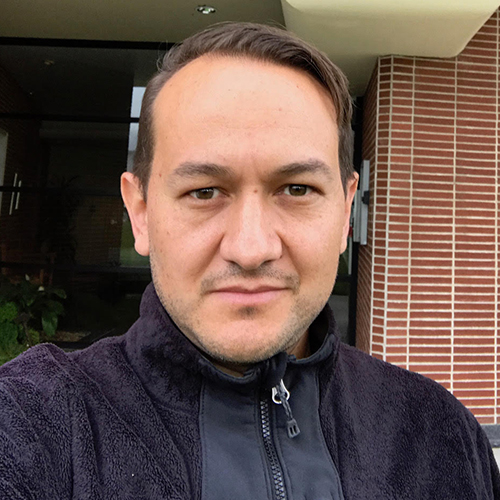
|
Plant evolution at different phylogenetic,
temporal, and spatial scales
In this talk, I will highlight our recent and ongoing work on patterns and processes of plant evolution, with a focus on two interrelated topics: i) how the history and the features of the landscape influence plant diversification, and ii) what plant species might be and how they form and are maintained in nature.
enlace YouTube: https://www.youtube.com/watch?v=bWyMjQgQSvs |
Felipe Zapata
University of California Los Angeles
|
| |
|
|
| 17 de mayo / 11 h |

|
Cuatro Ciénegas y la montaña que guardó la vida
Cuatro Ciénegas en Coahuila es un oasis irrepetible, por razones geológicas ahí se guardaron los sedimentos marinos desde el proterozoico (y tal vez desde el arqueano) hasta el cretácico, momento cuando se levantó la sierra de San Marcos y pinos, aislando esta “isla” del resto del mar. Lo que permitió que la microbiota profunda continuara formando estromatolitos en la superficie, es la presencia del magma en las profundidades de dicha sierra. El tiempo y el aislamiento nos explican el porqué este sitio lleno de pozas con tapetes microbianos y estromatolitos es el sitio más diverso que conocemos.
Enlace YouTube: https://www.youtube.com/channel/UCCn7Hc0wbnfX_UPHcVsF7pQ |
Valeria Souza
Instituto de Ecología - UNAM
|
